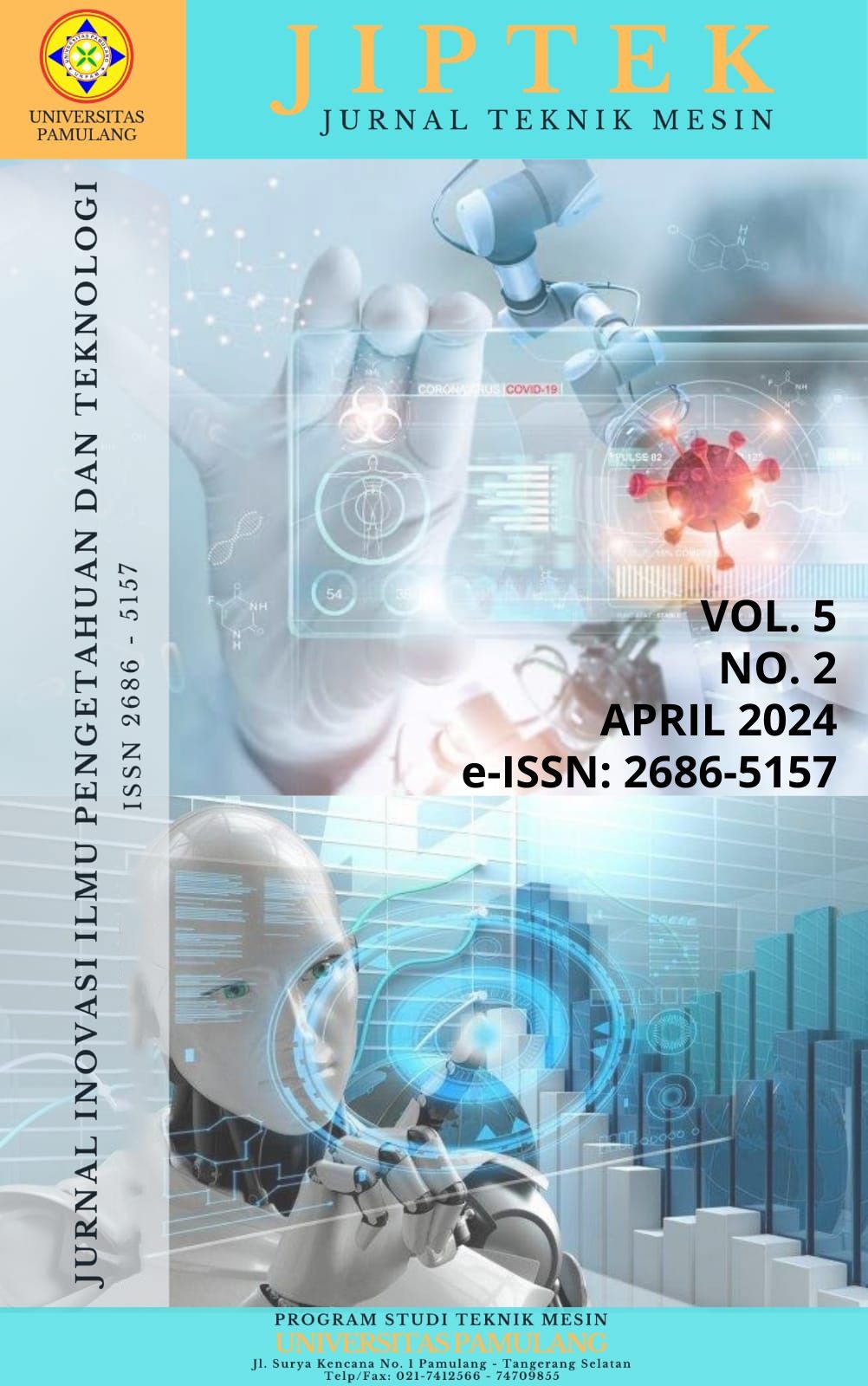Perancangan Pipa Sistem Pemadam Kebakaran di Stasiun Pengumpul Minyak Mentah
DOI:
https://doi.org/10.32493/JIPT.v5i2.39792Keywords:
Oil Gathering, Fire Suppression, Header Ring LineAbstract
Crude oil gathering stations are locations where crude oil is collected before being transported to processing facilities or ports. The fire suppression system pipeline is an important component in the safety infrastructure of this station. This system is designed to detect, control, and extinguish fires quickly and effectively. In determining the pump must consider the needs of the area to be extinguished. The ring line headers (distribution pipes) or pipes surrounding the crude oil storage area must be designed, and be able to deliver the necessary water needs from the fire pump and pay attention to the economic aspects. The fire assumption designed is if one tank is burned and the other tank is cooled with water to prevent fire. The pump chosen is a centrifugal type pump and in addition a jockey pump is needed to maintain pressure in the main pipe or if the pressure drops to a certain value, the jockey pump will automatically start. The water pool to supply fire protection needs is designed to meet the minimum needs for 4 hours. Based on the design results obtained that the centrifugal pump capacity requirement is 0.148 m3 / s with a power of 25.84 kW and installed 1 pump driven by an electric motor and 1 pump driven by a diesel motor. For the main pipe size, a pipe with a nominal diameter of 12 inches with schedule 40 is needed. For the water pool in the form of roving castings with an effective volume of 4 hours.
References
[1] API/ANSI STANDARD 610. Centrifugal Pumps for Petroleum, Petrochemical and Natural Gas. 17th Edition, September 2010, Errata, July 2011.
[2] API Recommeded Practice 2028. Flame Erresters in Piping System, 3th edition, Februari 2002. Reaffirmed Desember 2010 and 2-Year Extension, Februari 2015
[3] NFPA 20. Standard For The Installation Of Staionary Pumps For Fire Protection. Edition 2019
[4] API Recommeded Practice 2030. Application of Fixed Water Spray Systems for Fire Protection in the Petroleum Industry. 4th edition. September 2014.
[5] API RP 2001-2011. Fire Protection in Refineries. Candidate Ballot Draft 8-3-2011
[6] NFPA 20. Standard For The Installation Of Staionary Pumps For Fire Protection. Edition 2019
[7] API 14E. Recommended Practice for Design and Installation of Offshore Production Platform Piping Systems. 5th Edition. Januari 1991. Reaffirmed, March 2013.
[8] API 5L. Specification for Line Pipe, Forty-Sixth Edition, April 2018.
[9] Sularso, Tahara, Haruo, Pradya Paramita, Jakarta, (2000). Pompa dan Kompresor. Bagian 1 Pompa, 1-162.
Downloads
Published
How to Cite
Issue
Section
License
Copyright (c) 2024 Suhaeri, Hari Azhari

This work is licensed under a Creative Commons Attribution-NonCommercial 4.0 International License.









